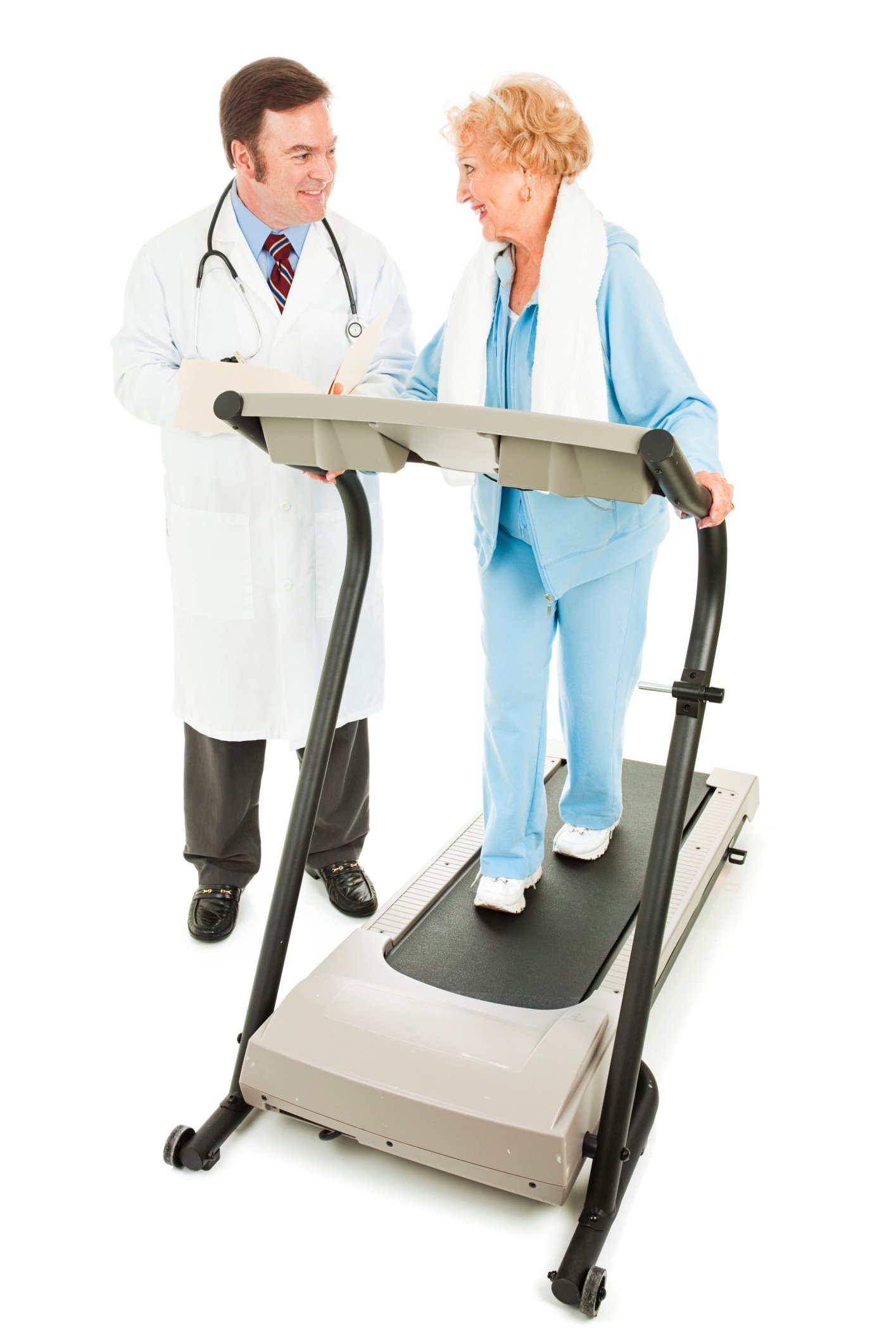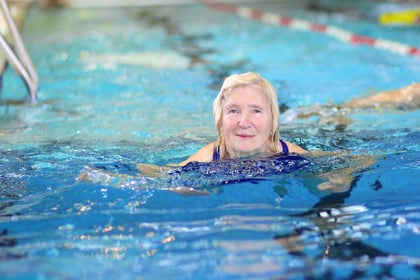 I got a call from a resident of a senior living community the other day. She told me that she’d been thinking about how her community could do better with the exercise program it offers. She saw a lot of potential to build on already successful offerings, and she’d been working with a resident team on this idea. Over the last several weeks, she’d been all over our website and decided it was time to talk about how we might be able to support her team’s goal to report on options to improve the community’s exercise program.
I got a call from a resident of a senior living community the other day. She told me that she’d been thinking about how her community could do better with the exercise program it offers. She saw a lot of potential to build on already successful offerings, and she’d been working with a resident team on this idea. Over the last several weeks, she’d been all over our website and decided it was time to talk about how we might be able to support her team’s goal to report on options to improve the community’s exercise program.
This woman was sharp! She had a good understanding about what was available to them, what was working, and where they needed to progress. Specifically, she told me that the classes were well liked and that didn’t necessarily need a change, but she also noted these common issues:
- The pool is largely empty except for the regularly scheduled water aerobics classes.
- The fitness center is typically unused because residents don’t feel like they know how to use the equipment to their benefit.
She had grabbed our quick read on how to grow participation in your aquatics program, and that’s when it hit her: she knew it all came back to staffing—that having qualified fitness staff running the community’s exercise program was central to its success.
Your Current Residents Expect More—and They’re Telling Their Friends
So if you’ve been focused on other competing priorities at your community and the exercise program is an afterthought running quietly in the background, now would be a good time to give it a second look. Because your residents are already doing that; and you can bet that if your current residents have a radar for what’s possible, your prospects do, too.
Sometimes there’s a hurdle in understanding just what a fitness center manager should be doing. I suppose that varies by community, but for a staffing organization like ours, we have clear expectations and supports for how NIFS staff spend their time in our client’s fitness centers.
Maybe you think this kind of astute observation by residents isn’t happening at your community. That might be true, but before you make that assumption, consider how the resident with whom I spoke shared her observations with a prospective resident.
She told me that she had invited a friend to dine with her recently who was not a resident of the community but who was shopping for a senior living environment he could call home. He asked her if there was anything negative about living there. She said she couldn’t come up with negatives (which is great!), but then she told him about how they could do better with their exercise program (which is not so great).
And this isn’t the first conversation I’ve had like this where a resident found our organization and reached out to see whether and how we could help.
Review Your Wellness Programs along with the Fitness Offerings
For what it’s worth, your entire wellness initiative may need a review—it’s rare to have a strong exercise program and a weak holistic wellness offering. It’s also unusual to have your holistic wellness program be strong while your exercise program suffers. Wellness and fitness go hand in hand.
[Read More: What to do when traditional senior living activities falls short]
If you’ve been waiting to address your exercise program until the residents complain, it’s time. Begin your investigation on possibilities by downloading our quick read below designed to help you quickly evaluate your overall wellness program. It highlights some broader wellness areas as well as specific exercise program components. Share it with your team and start a conversation about how to do wellness better in your community.

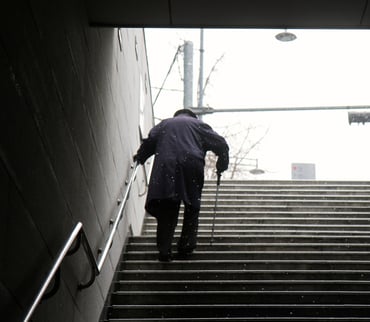
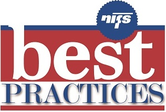
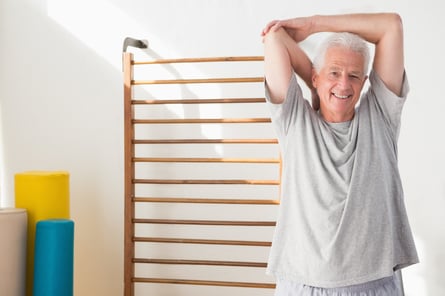
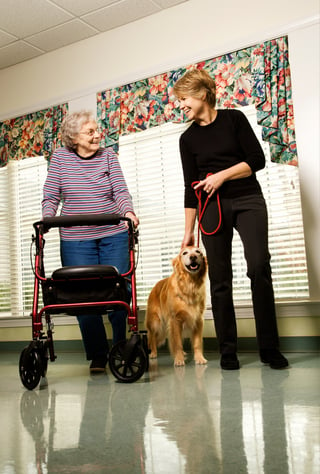 lunch, walking down the hallway, or picking up groceries, multiple muscles are being used through the range of motion of multiple joints. That’s why the compound, multi-joint, closed-chain movements are so much more effective than isolation, single-joint, open-chain movements.
lunch, walking down the hallway, or picking up groceries, multiple muscles are being used through the range of motion of multiple joints. That’s why the compound, multi-joint, closed-chain movements are so much more effective than isolation, single-joint, open-chain movements. 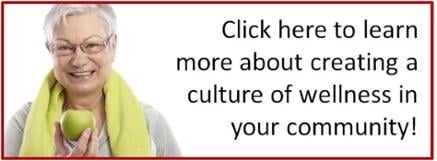
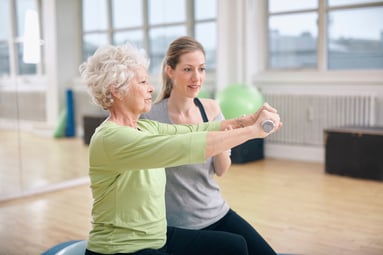
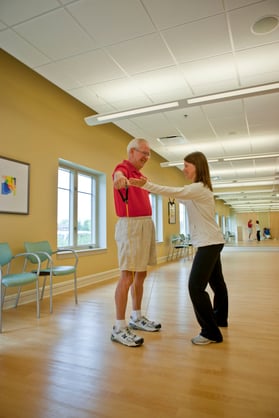 In the fitness and health field, we are asked for advice continually. It is our job to build fitness routines that are safe, comfortable, and something our clients will actually build into an overall resident wellness lifestyle. The difficult part always seems to be creating a program that they like that also fits around all contraindications of diseases and ailments, and having them not give up after a week.
In the fitness and health field, we are asked for advice continually. It is our job to build fitness routines that are safe, comfortable, and something our clients will actually build into an overall resident wellness lifestyle. The difficult part always seems to be creating a program that they like that also fits around all contraindications of diseases and ailments, and having them not give up after a week.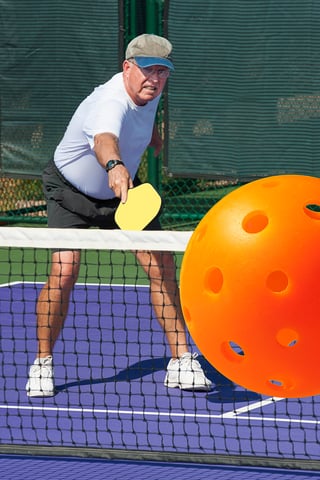 Pickleball
Pickleball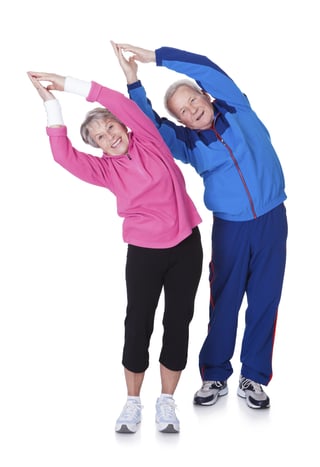 ith a proactive approach to balance training, we have embarked on a comprehensive fall-prevention model.
ith a proactive approach to balance training, we have embarked on a comprehensive fall-prevention model. 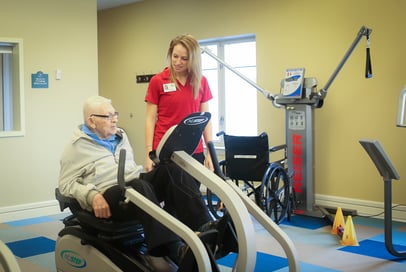 This is really what it’s all about, right? You want a passionate, capable, competent, self-starter running the exercise program in the community. You need someone who will
This is really what it’s all about, right? You want a passionate, capable, competent, self-starter running the exercise program in the community. You need someone who will
